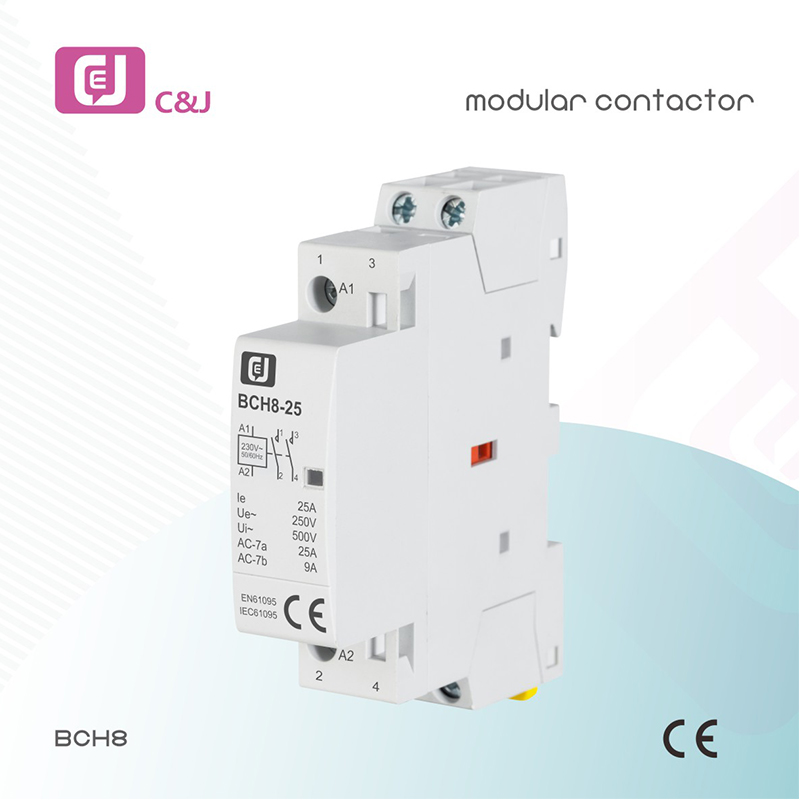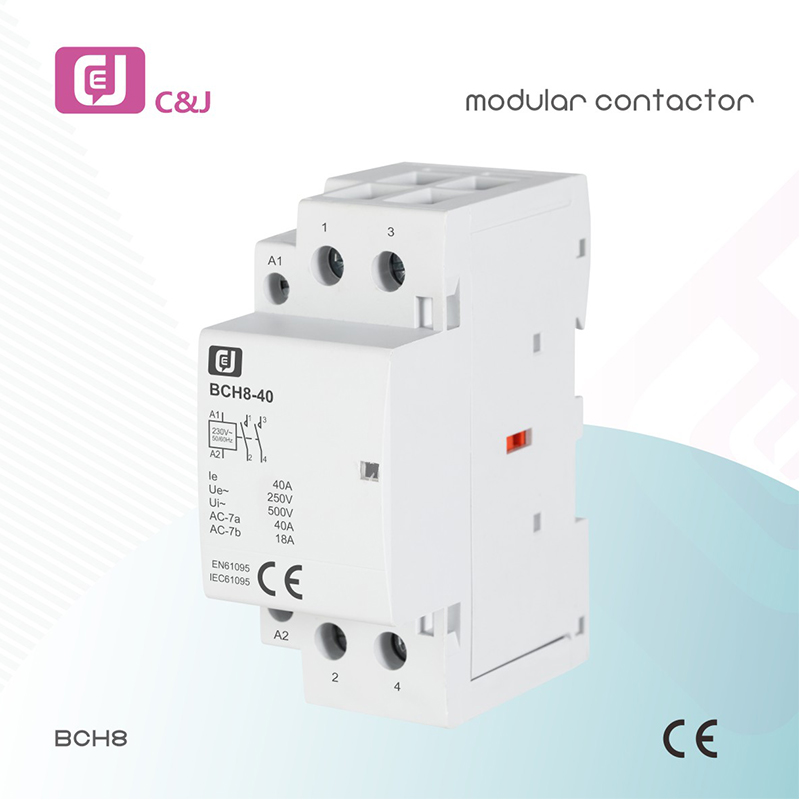Understanding AC Contactors: Critical Components in Electrical Systems
AC contactors are crucial components in electrical systems, particularly in industrial and commercial applications. These electromechanical devices are designed to control the flow of electrical current to various devices, such as motors, lighting systems, and heating units. Understanding the function, construction, and applications of AC contactors is crucial to appreciating their importance in modern electrical engineering.
What is an AC contactor?
An AC contactor is essentially an electrically operated switch. It controls the power supply to electrical equipment, allowing it to be turned on or off remotely. Its primary function is to connect or disconnect circuits, ensuring the safe operation of high-voltage equipment. Unlike traditional switches, contactors are designed to handle higher currents and voltages, making them ideal for industrial applications.
Structure of AC contactor
The AC contactor consists of several key components:
1. Coil: The coil is the core component of the contactor. When current passes through the coil, it generates a magnetic field, which attracts the contacts and closes the circuit.
2. Contacts: These are the conductive parts used to open and close an electrical circuit. AC contactors typically have multiple contacts, including normally open (NO) and normally closed (NC) types. The normally open contacts allow current to flow when the contactor is energized, while the normally closed contacts do the opposite.
3. Frame: The frame houses the coil and contacts, providing structural integrity and protection from external factors.
4. Auxiliary contacts: Additional contacts used for signal transmission or interlocking. They help provide feedback to the control system or ensure safety by preventing incompatible devices from operating simultaneously.
5. Terminals: These are the connection points for incoming and outgoing wires. Proper terminal connections are critical to the effective operation of the contactor.
Working principle of AC contactor
The operation of an AC contactor is very simple. When the control circuit is energized, the coil generates a magnetic field that attracts the armature, closing the contacts. This action allows current to flow to the connected load. When the control circuit is de-energized, the magnetic field disappears, and a spring mechanism returns the armature to its original position, opening the contacts and interrupting the current flow.
Application of AC contactor
AC contactors have a variety of uses, including:
- Motor Control: These are commonly used to start and stop electric motors in industrial machinery, HVAC systems, and conveyor belts.
- Lighting Control: In commercial buildings, contactors can control large lighting systems, enabling centralized control and automation.
- Heating Systems: AC contactors are used in electric heating systems to manage the power supply to the heating elements.
- Pumps and Compressors: They are essential for controlling the operation of pumps and compressors in water treatment plants and refrigeration systems.
Advantages of using AC contactors
1. Remote control: AC contactors can realize remote operation of electrical equipment, improving convenience and safety.
2. High Current Handling: They can manage high current and voltage, making them suitable for heavy-duty applications.
3. Durability: AC contactors are designed for long-term use and can withstand harsh operating conditions.
4. Safety Features: Many contactors come with built-in safety features, such as overload protection and interlock mechanisms, to prevent equipment damage and ensure safe operation.
In short
Simply put, AC contactors are an indispensable component in modern electrical systems. They safely and efficiently control high-voltage equipment and are essential for a wide range of applications, from industrial machinery to commercial lighting. Understanding their structure, operating principles, and applications will help you select the right contactor for your specific needs, ensuring optimal performance and safety in your electrical system.
Post time: Sep-11-2025





